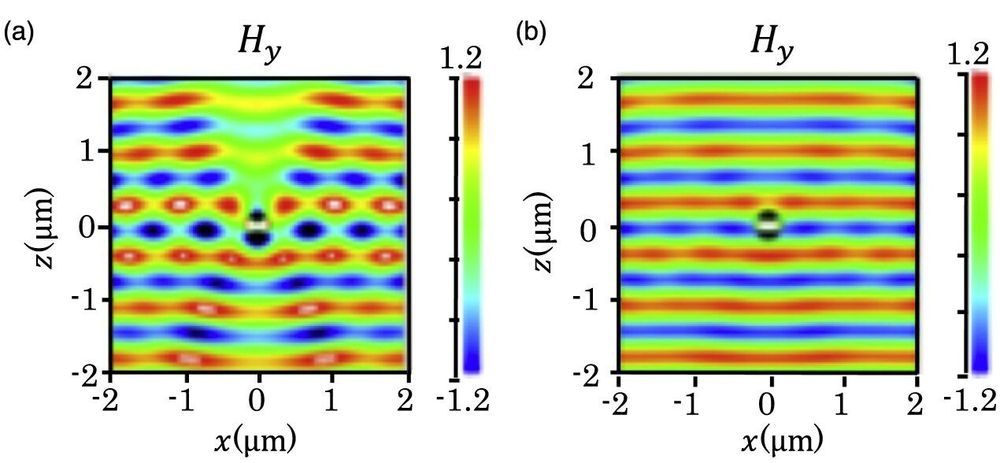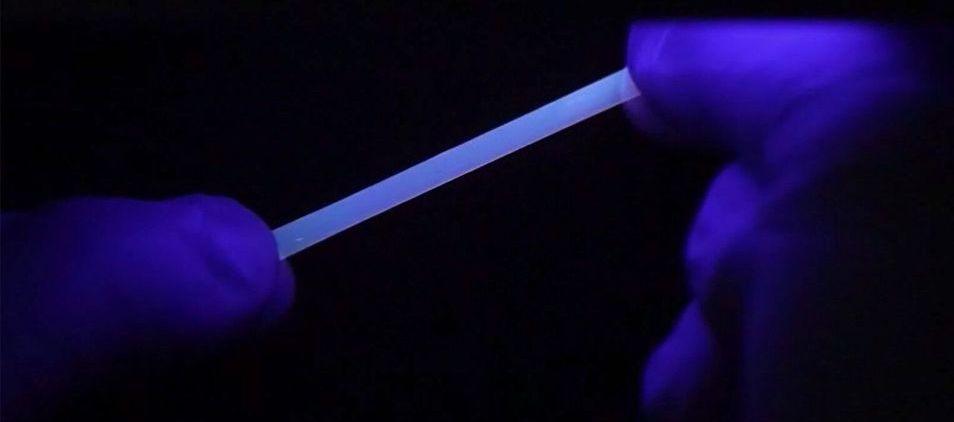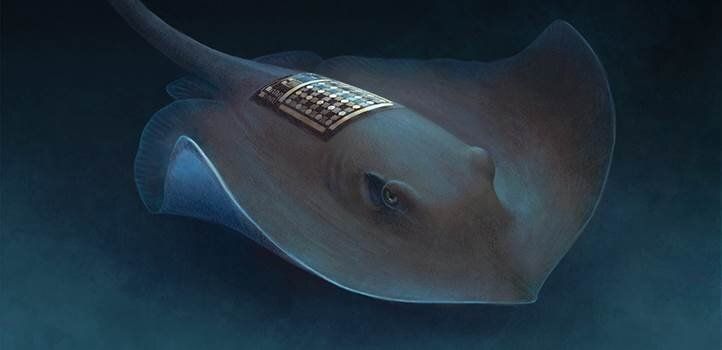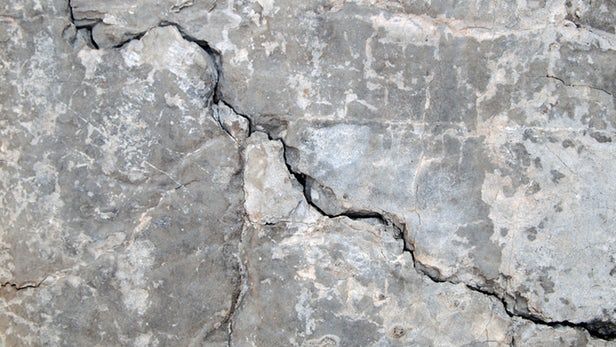Researchers at the University of Fribourg’s Adolphe Merkle Institute (AMI) and Hokkaido University in Japan have developed a method to tailor the properties of stress-indicating molecules that can be integrated into polymers and signal damages or excessive mechanical loads with an optical signal.
As part of their research activities within the National Center of Competence in Research Bio-inspired Materials, Professor Christoph Weder, the chair of Polymer Chemistry and Materials at AMI, and his team are investigating polymers that change their color or fluorescence characteristics when placed under mechanical load. The prevailing approach to achieve this function is based on specifically designed sensor molecules that contain weak chemical bonds that break when the applied mechanical force exceeds a certain threshold. This effect can cause a color change or other pre-defined responses. A fundamental limitation of this approach, however, is that the weak bonds can also break upon exposure to light or heat. This lack of specificity reduces the practical usefulness of stress-indicating polymers. It normally also makes the effect irreversible.
Addressing this problem, Weder and Dr. Yoshimitsu Sagara—a Japanese researcher who spent two years in Weder’s group at AMI before joining Hokkaido University as an Assistant Professor—devised a new type of sensor molecule that can only be activated by mechanical force. Unlike in previous force-transducing molecules, no chemical bond breaking takes place. Instead, the new sensor molecules consist of two parts that mechanically interlock. This interconnection prevents the separation of the two parts, while still allowing them to be pushed together or pulled away from each other. Such molecular pushing and pulling causes the molecule’s fluorescence to change from off to on.
Read more









